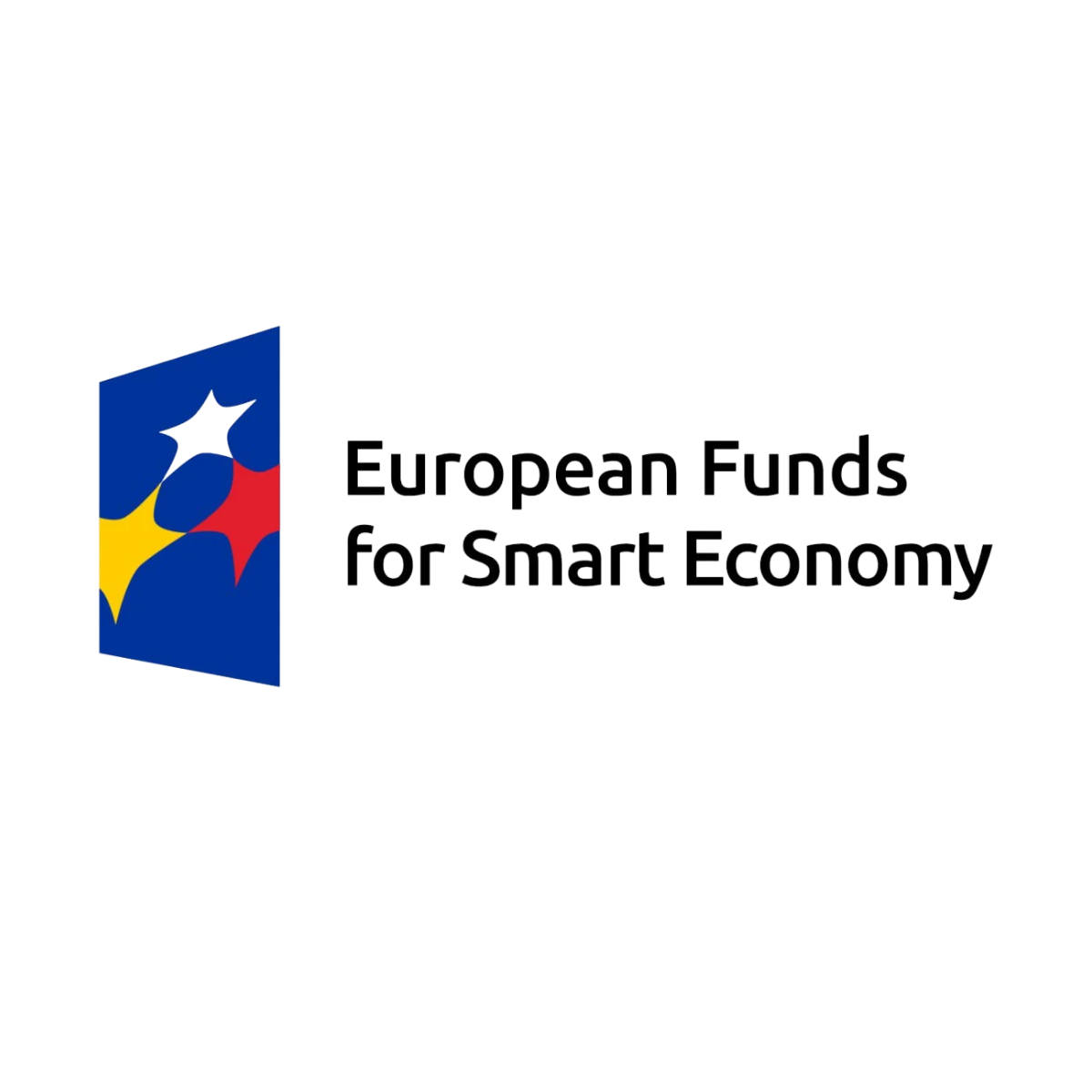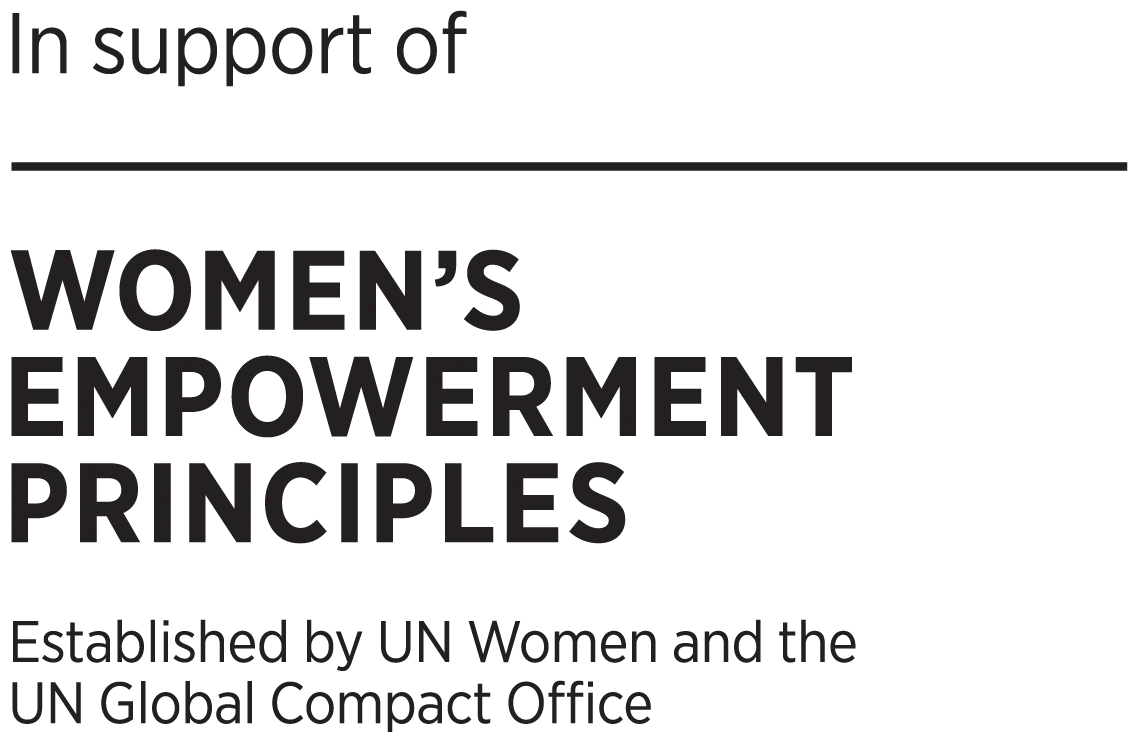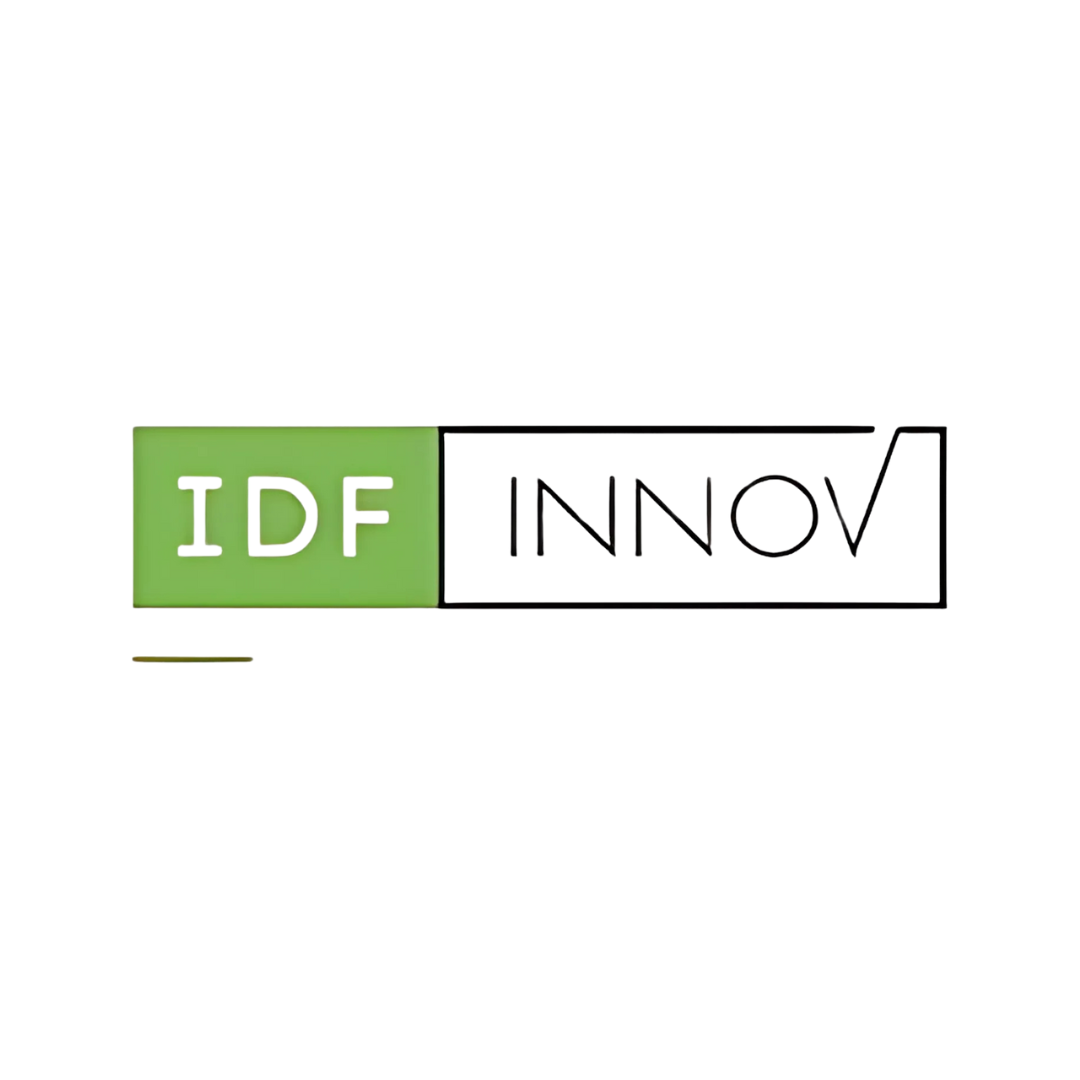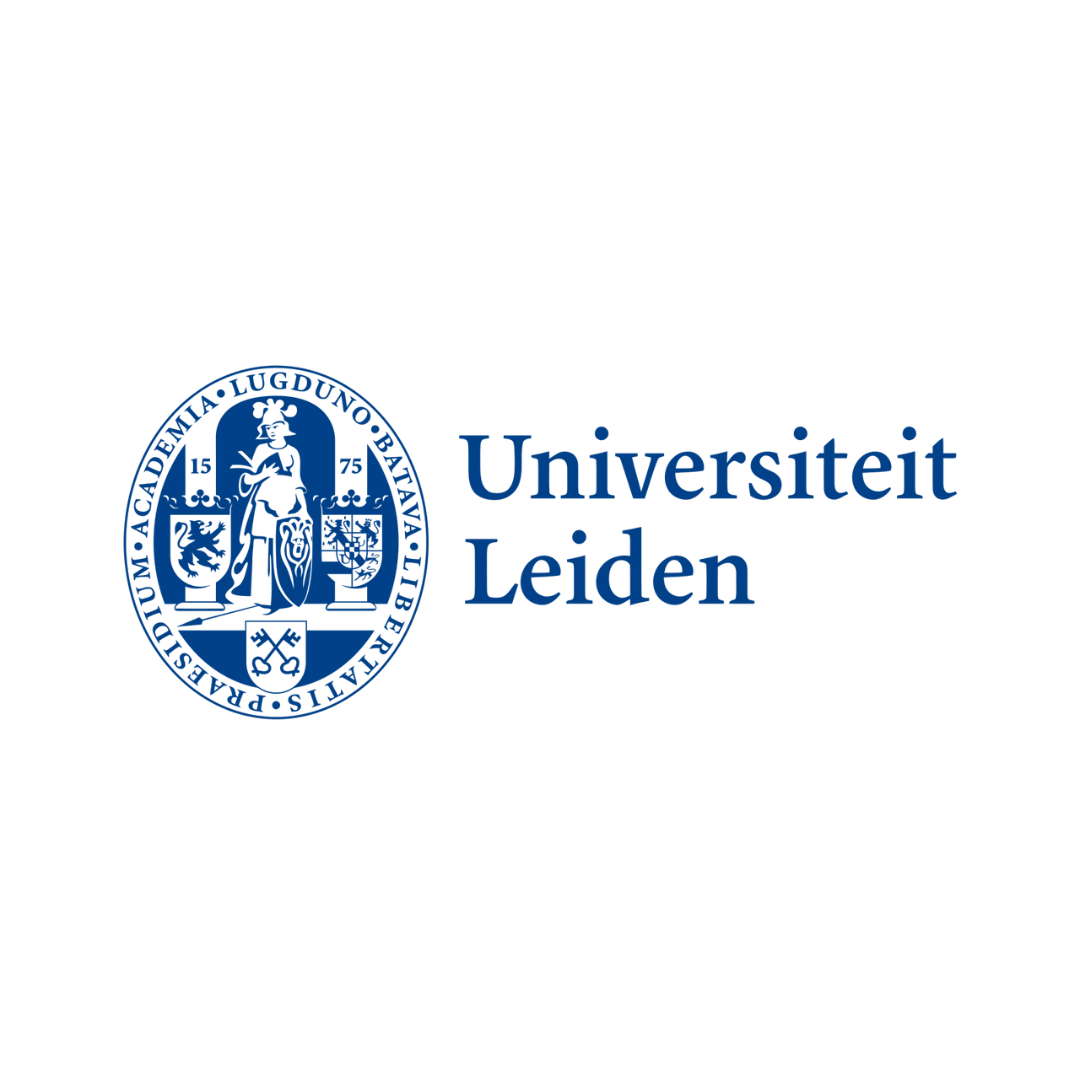KEC Adventures Around the World
Successful approaches to knowledge exchange and commercialisation (KEC).
Published on July 17, 2020
What do successful approaches to knowledge exchange and commercialisation (KEC) look like in different geographical, social, and political realities? What are the KEC failures and blockers in different places, and what are ways to re-establish the right approach?
Successful innovation ecosystems have their own idiosyncrasies that make them unique. A common paradigm that characterises well-functioning ecosystems is the strong connection between their main constituent pillars: local research, government, industry, and the community. In the UK, this connection is expressed in multiple funding opportunities for innovators, governmental initiatives, including the recently launched Knowledge Exchange Framework, and networks for entrepreneurs.
Ecosystems in emerging economies present similar structures. We see this in Peru, where the National Council for Science and Technology is harvesting the fruits of international connections to stimulate national and regional innovation. We can travel further South to Medellin, Colombia, where engagement with international experts has helped the city create one of the most vibrant innovation ecosystems in Latin America, with new incubators and accelerators. The effects of the initiative in Medellin are visible to all: for example, areas that had been historically relegated as landfill sites have been regenerated into vegetable gardens. The volume and quality of innovations from Latin America have attracted national government attention and, crucially, local and regional capital.
The Middle East offers snapshots of KEC activities for comparison. Here national governments support business initiatives of individual citizens, but the ecosystems face some challenges, including: the limited number of research-intensive institutions and a nascent entrepreneurship support. Raising awareness and promoting innovation management training are important solutions in these economies. Often, Gulf states can secure the funds needed to buoy early-stage products and services, which is a strong driver for building the innovative culture in the region.
Lower and middle-income countries, where innovation ecosystem malaise is often a result of susceptibility to political cycles and leadership turnovers. Those driving innovation in these economies must focus on the following: what can be done and what resources are available now to do it. Successful solutions in such realities tend to include 1) devising funding mechanisms that span election cycles wherever possible, and 2) collaboration with international development assistance bodies. The latter enables local and international experts to work together to develop the ecosystem at low (or no) cost for the local government.
Join my webinar KEC Adventures Around the World. Learn how to leverage the strengths and overcome the weaknesses of your innovation ecosystem, and discover insights for collaborations and partnerships in ecosystems other than your own.
Register for the webinar here.





































